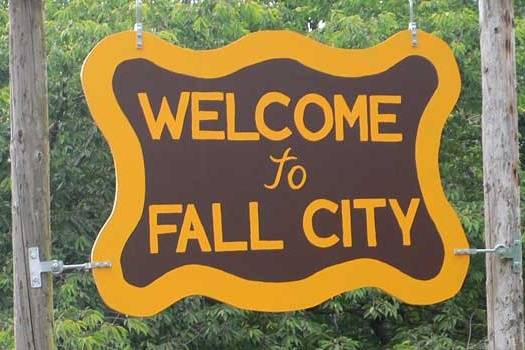A Fall City septic system, which would address long-standing wastewater issues that have plagued businesses for decades, is finally on the cusp of becoming reality.
Businesses along State Route 202 in Fall City have been dealing with septic problems for 40 years, ever since buildings along Main Street were relocated and moved on to drainage fields as part of work being done on the former Sunset Highway.
Since the buildings were moved, business owners can’t use their buildings to their full potential, said Angela Donaldson, Fall City Community Association president.
Donaldson said a 1999 King County subarea plan stipulated that the county should look into wastewater solutions, but didn’t require it. As a result, the county never set aside funds to investigate solutions. This meant that businesses that tried to modify or change their use weren’t allowed to, and were flagged as nonconforming businesses.
In 2012, there were 16 businesses that were flagged by the county for septic problems, and at risk of being shut down. But Donaldson said King County Councilmember Kathy Lambert convinced county Executive Dow Constantine to come to town and explained what was happening. What amounted to a pause on red flag warnings was approved.
“Essentially they lifted the red flags in order to allow us to go through a subarea planning process,” Donaldson said.
Around this time, tireless community advocate Alan Painter went door-to-door and talked with every business owner in the business district to figure out what they wanted to see happen. He found the best way to move forward was to push for a shared drain field, Donaldson said. Painter died on May 5, after a brief battle with kidney cancer, according to his obituary.
After studying the problem, and consulting with impacted business owners, it was decided that the best way to proceed would be to build a shared drain field. King County is prohibited from paying for construction or land acquisition, so funding for the project — which ranges in estimates from $6.5 million to $13 million — had to come from the state.
This session, the state set aside $6.5 million in funding from the American Rescue Plan Act to finally address Fall City’s septic woes. Donaldson credited state Sen. Mark Mullet, Rep. Lisa Callan and Lambert for pushing for and getting the funding included. At a May 4 Fall City Community Association meeting, Mullet said that because the funding is federal dollars, it needs to be approved by the federal government before it can be spent. They’re waiting for final guidelines on how money from the rescue plan can be spent, but Mullet said he’s optimistic that it will be approved.
The septic system itself will likely use pre-treatment devices, which are installed underground and are about the size of a small van. These will be placed near the businesses, and help break down grease in gray water. From there, the water will be piped to a shared drain field. Donaldson said U.S. Rep. Kim Schrier (D-District 8) is trying to find federal money to build more long-term capacity.
“That’s so exciting,” Donaldson said. “And we hope to have all the nuts and bolts worked out over the next 30 to 60 days.”
Lambert also welcomed the news that the septic project is finally being funded. Since Fall City is in unincorporated King County, the Department of Local Services is in negotiations with the community to decide who will oversee billing for the septic system. Those negotiations will likely be completed in the coming weeks.
And if the federal funding is approved, the project could be underway in the coming months, Lambert said. It could be finished by the spring of 2023.


